Mastering Saltwater Jigging: Why Your Jigging Rod and Reel Matter (and How Lake Trout Rods Fit In)
If you’ve ever stood on a boat, watching the sun dip below the horizon as your line dances through the water, you know that jigging fishing isn’t just a fishing technique—it’s a conversation with the sea. Whether targeting aggressive saltwater predators like grouper or snapper, or chasing feisty lake trout in freshwater lakes, jigging rod and reel combos are the unsung heroes of this game. Today, let’s dive into the world of jigging, explore the differences between saltwater and lake trout jigging rods, and learn how to pair them with the perfect reel for success.
What is Jigging, Anyway?
Jigging is a hands-on fishing method where you “work” a weighted lure (a jig) through the water column. The jig typically consists of a metal head (often lead or tungsten) and a hook, dressed with feathers, silicone skirts, or bait. The angler “jigs” the lure by lifting and lowering the rod tip, creating a jerking motion that mimics injured prey. This movement triggers strikes from predatory fish, making jigging effective in both shallow coastal waters and deep offshore haunts.
Saltwater Jigging Rod: Built for Battle
Saltwater environments demand rugged, corrosion-resistant gear. A saltwater jigging rod is engineered to handle the challenges of the open ocean—think strong currents, abrasive saltwater, and hard-fighting species like amberjack or kingfish. Here’s what sets them apart:
- Material & Durability: Most saltwater jigging rods are made from high-modulus carbon fiber or fiberglass blends. Carbon fiber adds strength and sensitivity, while fiberglass boosts durability to withstand the corrosive effects of salt.
- Length & Action: Saltwater rods often range from 6’6” to 8’6”. Longer rods provide leverage for battling large fish, while a “fast” or “extra-fast” action (stiff tip with a progressive bend) helps set hooks quickly in thick cover or deep water.
- Line Guides: Large, corrosion-resistant guides (often made of stainless steel or ceramic) prevent line friction and reduce wear—critical when using braided or monofilament line in saltwater.
Pro Tip: For offshore jigging, look for rods rated for 50–130 lb test line. These beasts can handle the brute strength of a 50-pound grouper or the explosive runs of a sailfish.
Lake Trout Jigging Rod: Precision Over Power
Lake trout (or “lakers”) are cold-water predators, often found in deep, clear lakes. Unlike their saltwater cousins, lakers require a more nuanced approach—so a lake trout jigging rod is built for finesse, not brute force.
- Lightweight & Sensitive: Lake trout rods are shorter (5’6” to 7’) and lighter, with a “moderate” or “fast” action. The lighter weight reduces angler fatigue during long days, while the sensitivity lets you detect subtle bites in 30+ feet of water.
- Flexible Tips: A softer tip (compared to saltwater rods) allows the jig to “swim” naturally, mimicking minnows or insects—key for enticing finicky trout.
- Clear Water Considerations: Many lake trout rods feature “low-visibility” guides or clear finishes to avoid spooking fish in crystal-clear lakes.
Pro Tip: Pair a lake trout jigging rod with 6–10 lb test fluorocarbon line. Fluorocarbon sinks faster and is nearly invisible underwater, giving you an edge in clear lakes.
Jigging Rod and Reel: A Match Made for Success
A great jigging rod deserves a reel that can keep up. Here’s how to pair them for maximum performance:
Saltwater Jigging Rod + Reel Combo
- Reel Type: Choose a high-capacity, corrosion-resistant spinning or conventional reel. Spinning reels are versatile for casting jigs around structure, while conventional (baitcasting) reels excel at deep-drop jigging.
- Drag System: Look for a reel with a strong, smooth drag (e.g., carbon fiber drag washers) to handle sudden runs. Saltwater reels often have sealed bodies to keep out sand and salt.
- Line Capacity: For offshore jigging, opt for a reel that holds 300+ yards of 50–80 lb braided line. Braid’s thin diameter cuts through water efficiently, letting your jig sink faster.
Lake Trout Jigging Rod + Reel Combo
- Reel Type: A lightweight spinning reel is ideal for trout jigging. Its smooth drag and easy casting make it perfect for working jigs vertically or horizontally.
- Drag System: A light but reliable drag (e.g., aluminum drag star) is sufficient—trout aren’t as powerful as saltwater predators, but they still make explosive runs.
- Line Capacity: A reel holding 150–200 yards of 6–10 lb fluorocarbon or monofilament works well. Fluorocarbon’s low stretch enhances sensitivity, while monofilament floats better for topwater jigging.
Tips for Jigging Success (No Matter the Rod)
- Match the Jig to the Depth: Shallow jigs (1–4 oz) work for trout in 10–20 ft; use 6–12 oz jigs for grouper in 50+ ft.
- Vary Your Retrieve: Sometimes a slow, steady lift works; other times, a quick “jig-jig-jig” motion triggers strikes. Experiment until you find what the fish want.
- Watch the Line: Even with a sensitive rod, keep an eye on your line for ticks, pauses, or sudden tightness—these are often signs of a bite.
Final Thoughts
Whether you’re chasing grouper in the Gulf or trout in Lake Tahoe, jigging rod and reel gear is your ticket to an unforgettable day on the water. Saltwater rods are built tough for battle, while lake trout rods prioritize precision for finicky fish. Pair them with the right reel, and you’ll not only catch more fish—you’ll connect with the rhythm of the water, one jig at a time.
So grab your rod, tie on a jig, and let the conversation with the sea begin. 🎣



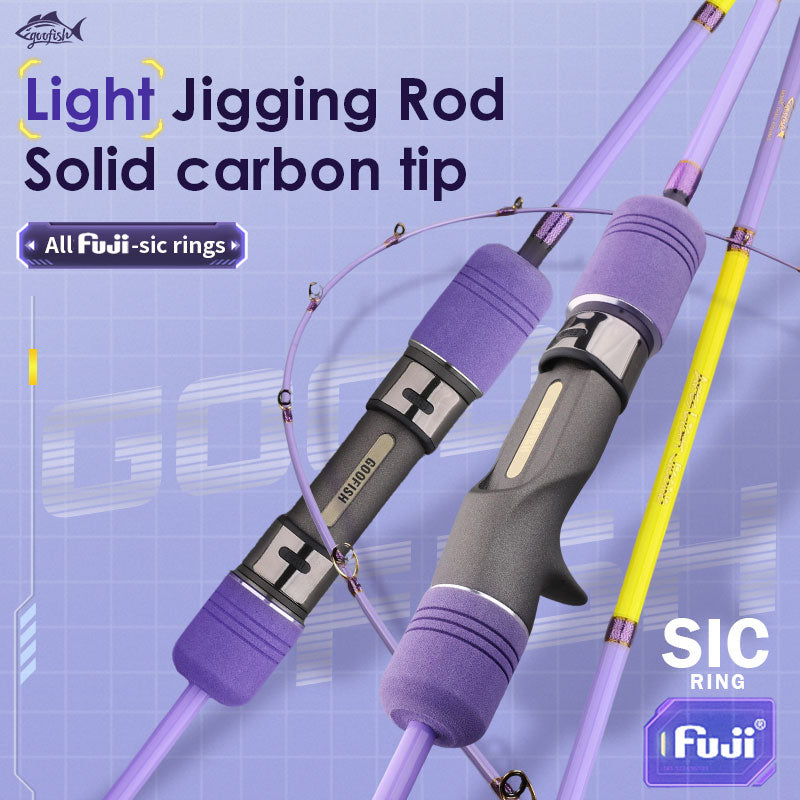
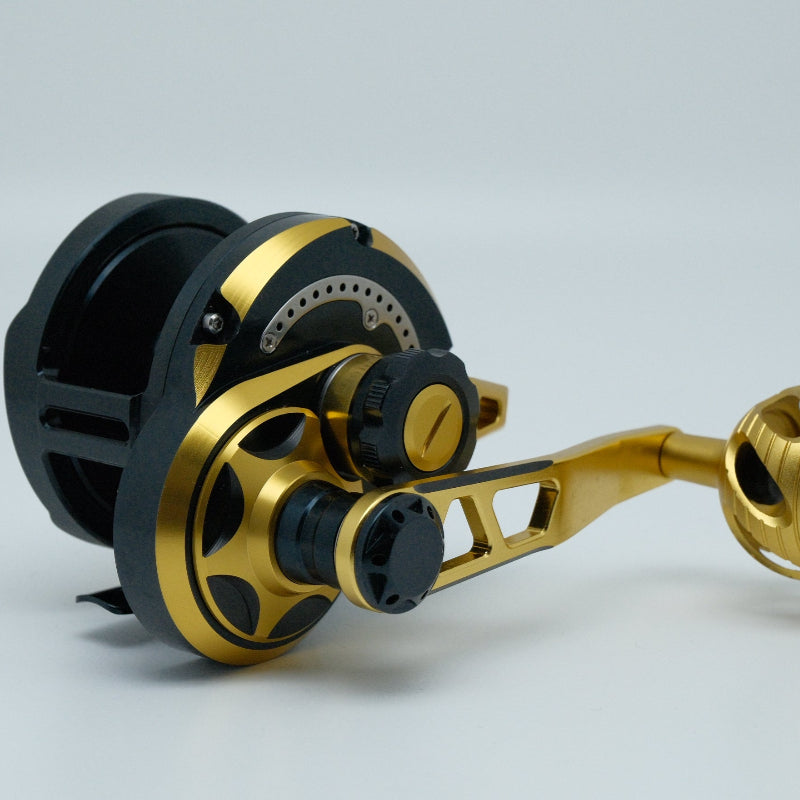
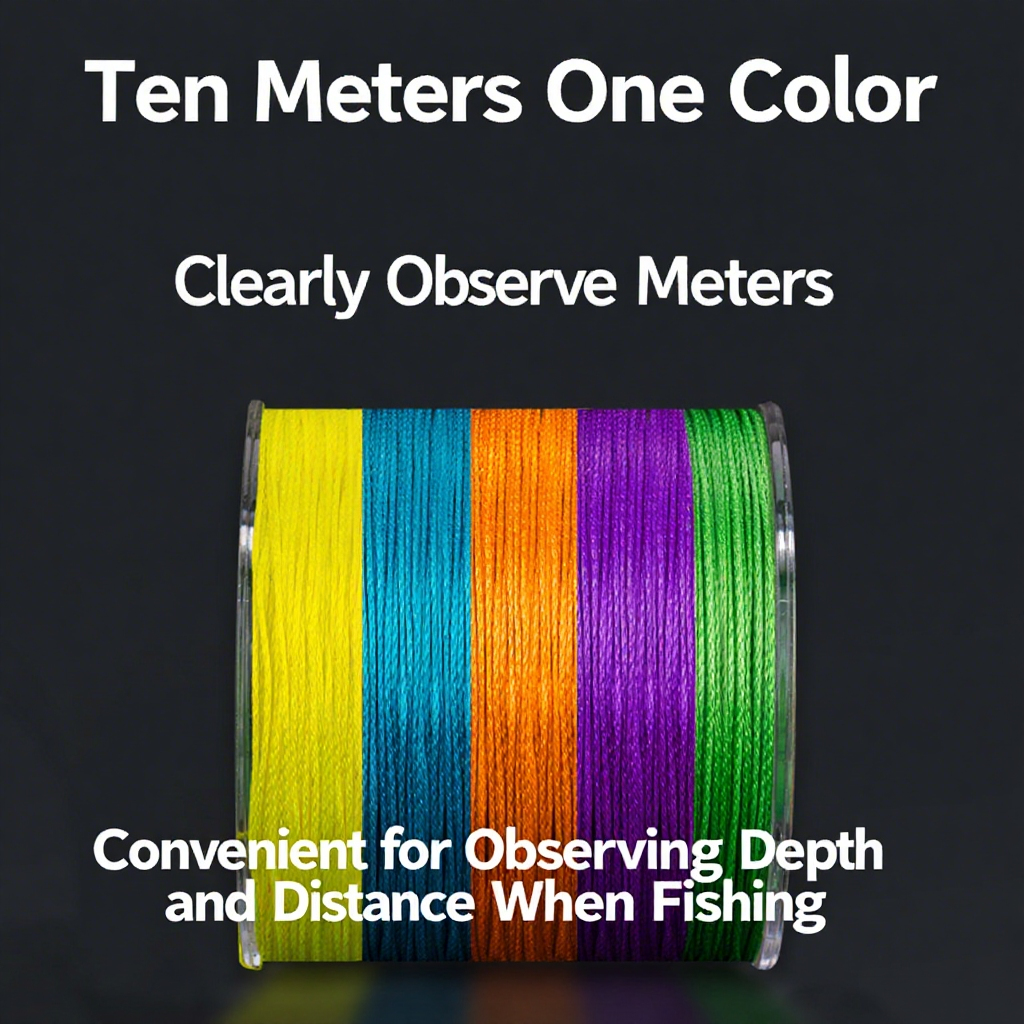
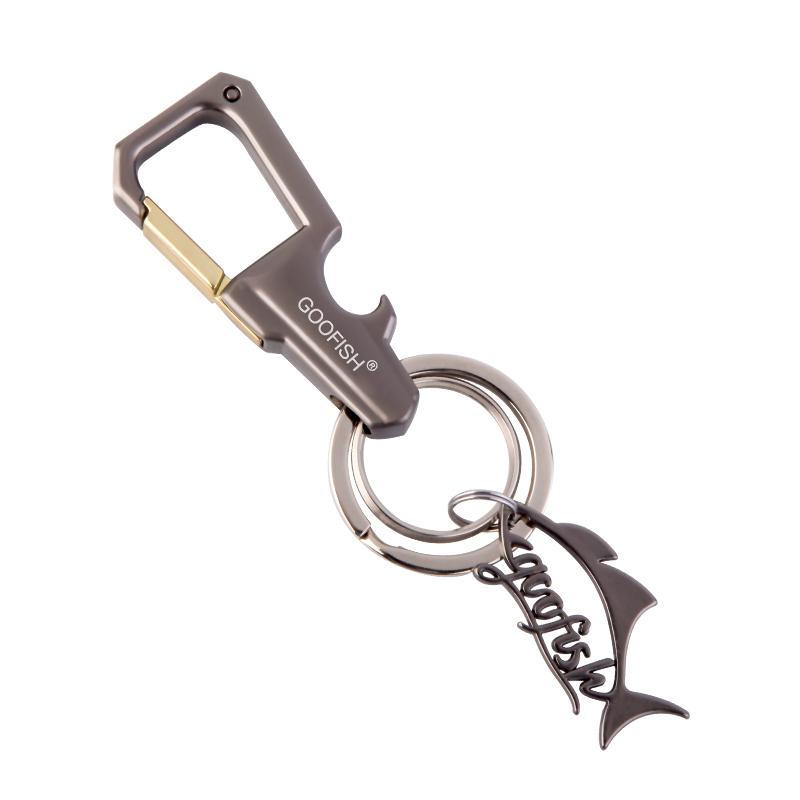



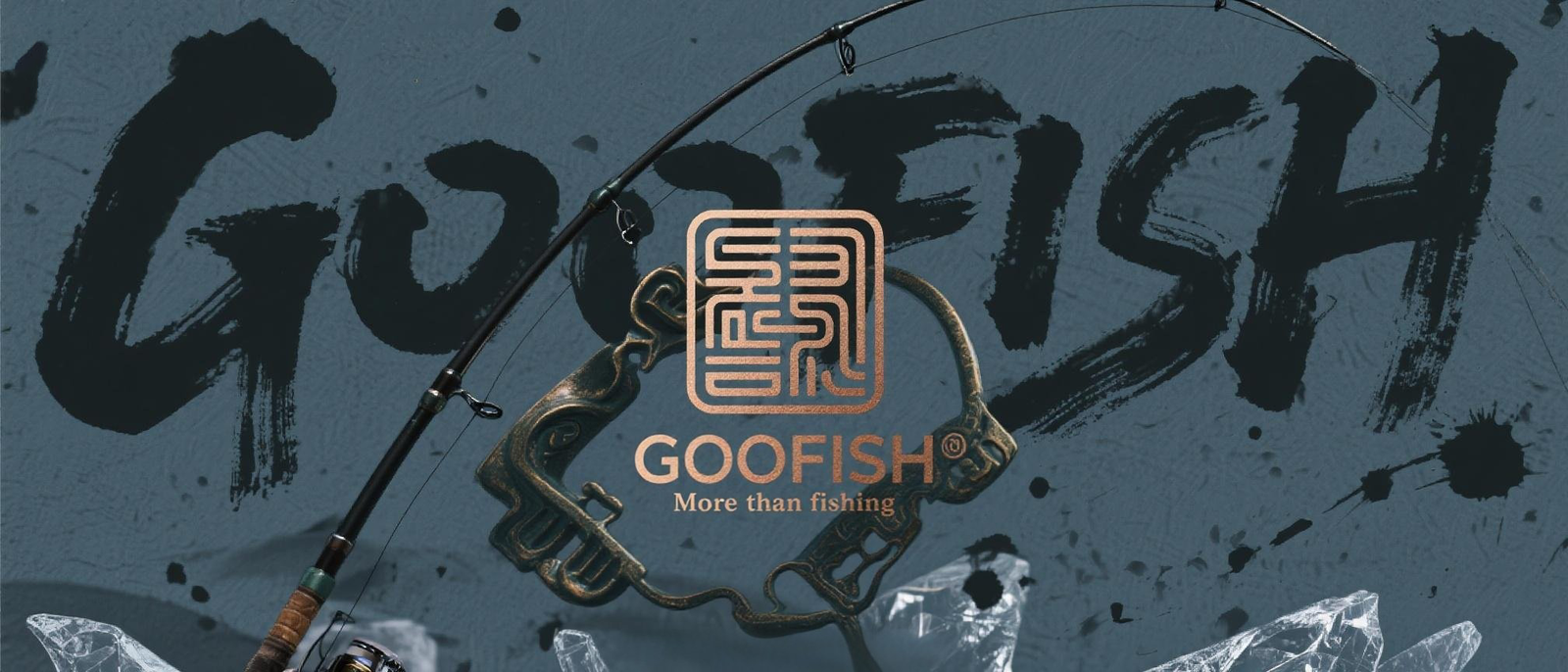
Leave a comment